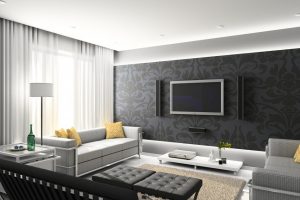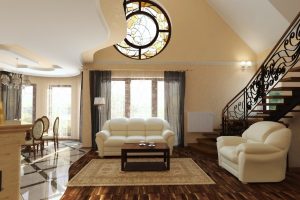Interior design is science which studies designing an artwork which exists in a construction and is used to overcome the human’s problem. This scientific field intends to be able to create a built environment and its supporting elements either physically or non-physically so that the quality of human’s life within becomes better.
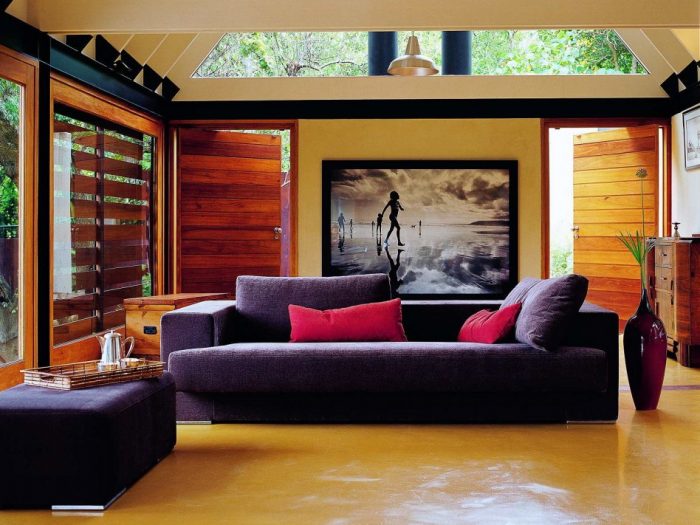
The Meaning of Interior Designs
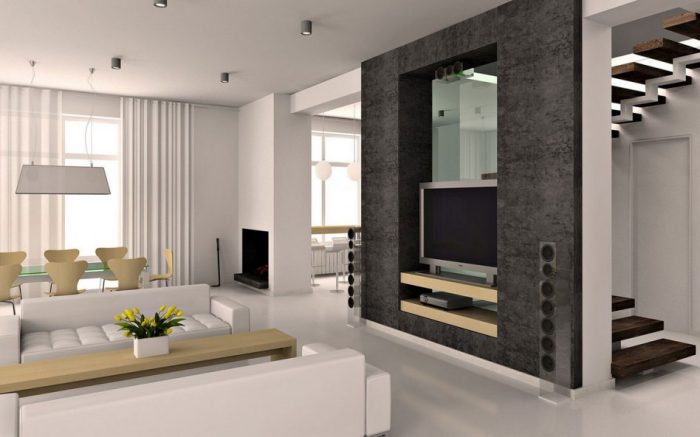
There are seven principles of interior designs. The first is unity and harmony. It means that a room is regarded as a unity in which all elements existing is complementary and sustainable one and another so that it produces balanced composition.
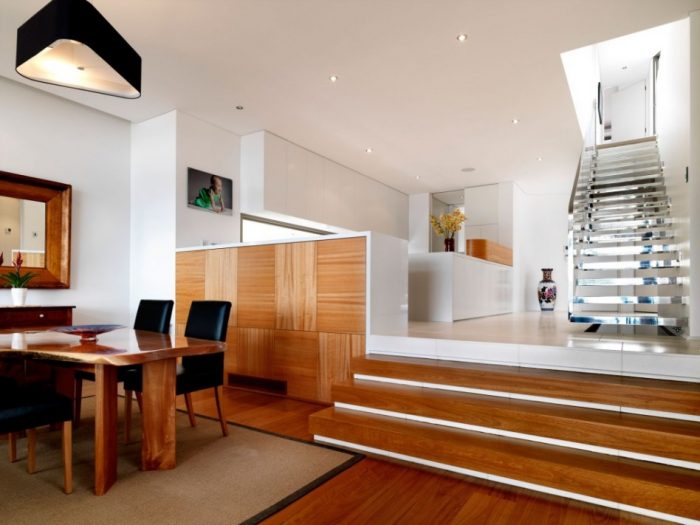
The second is balance. As suitable with the title, balance means it is not biased which is not too skewed to the right side or the left side. The accent also should have balance with the surrounding environment.
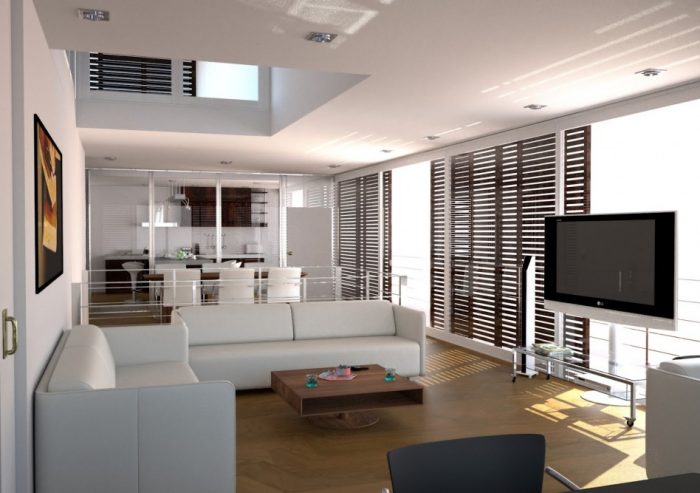
The style of balance is divided into three and those are symmetric, asymmetric, and radial. Symmetric balance happens if the visual load of the design elements is divided evenly either from horizontal aspect or vertical aspect. This style relies on balance in two elements which are similar from two different sides. Condition in symmetric balance is common style which is often used to reach a balance in design. Though it is easily applied, symmetric balance is hard to raise the emotional from visual reader for it is impressed to be too planned. It is also called as formal balance.
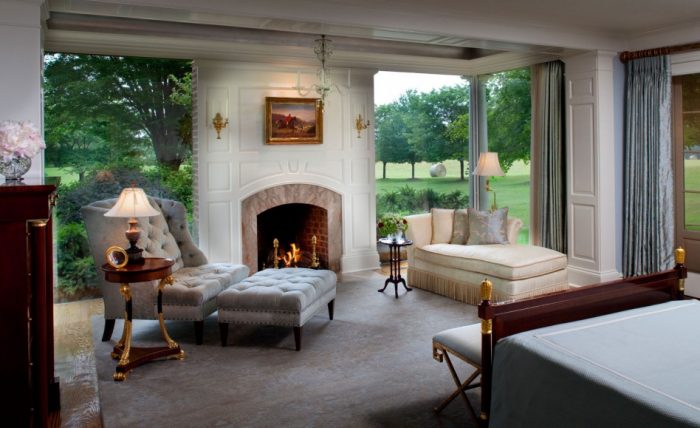
Asymmetric balance happens when the visual load from design element is uneven in the central axis of the page. This style relies on the visual play like scale, contrast, color to reach balance irregularly. Often we see a design with very big draft offset by small text yet it looks balance for the play of contrast, color, and others. This balance enables more to arouse the visual reader emotion for the visual tension produced. Radial balance is when all design elements are ordered and centered in the middle.
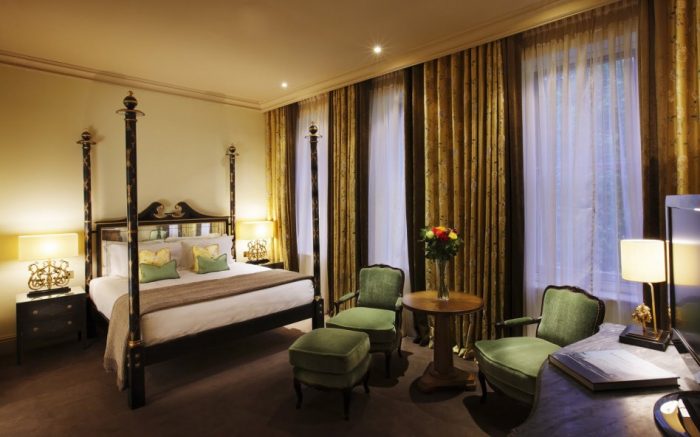
The Principles of Interior Designs
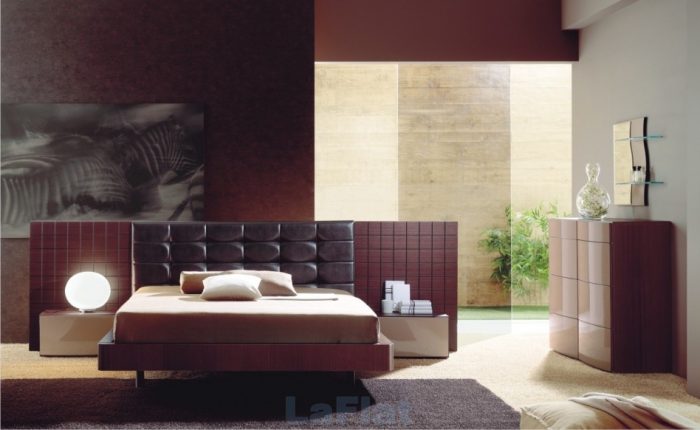
The third principle of interior design is focal point. It means that the accent which becomes the attraction of the room. It could be one or more, yet not all the things. The fourth is rhythm. In interior design, rhythm is all repetition patters about visual. Rhythm is defined as the continuity or organized movement.
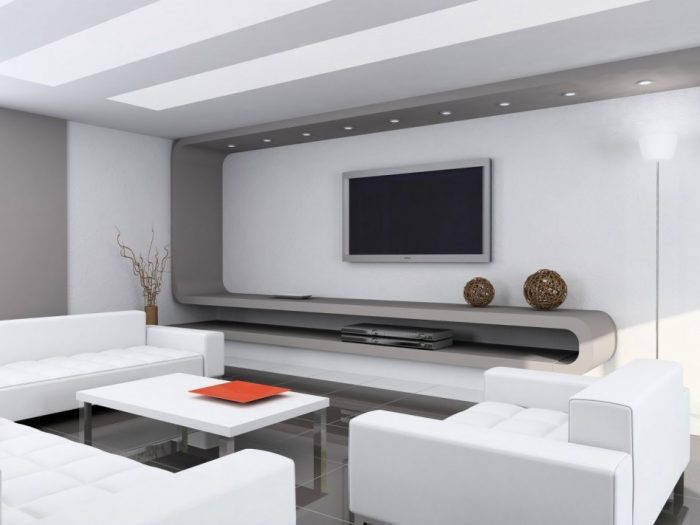
The fifth is details. Detail here means a lot. This could be started from the choice of switch, lighting, flower vase location, and others. Detail is usually not clear yet they have to be correct so that it increases the nuance of the whole room.
The sixth is scale and proportion. Both interior design principles are going hand in hand for both are connected with size and shape. Actually it is still connected with balance concept and accent which has been explained before, yet this time is more to the size. The last is color. This thing takes important role in producing nuance and mood of the room.
